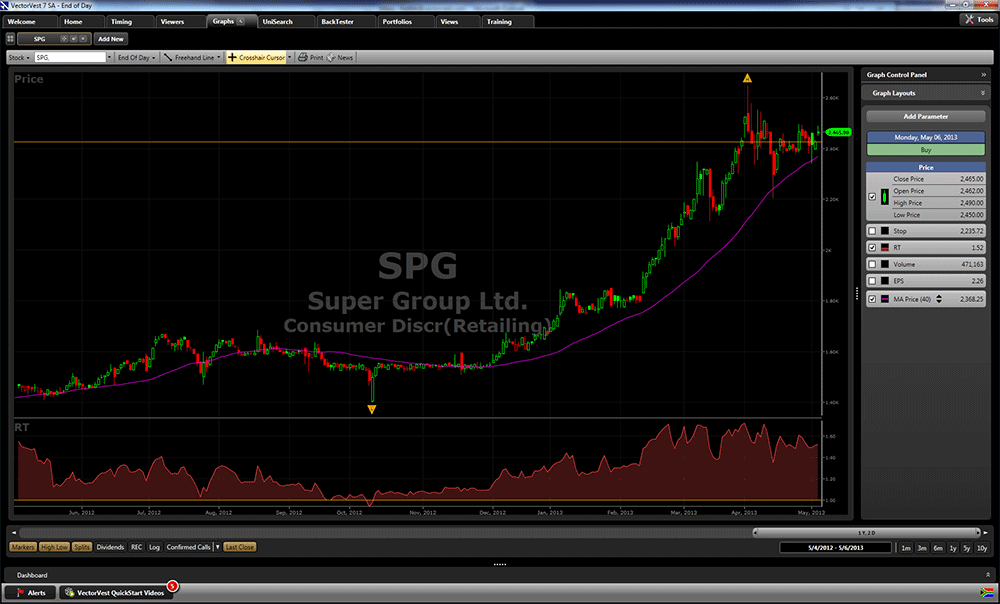VectorVest VectorVest Research Stock Valuation
Post on: 17 Май, 2015 No Comment

Stock Valuation
Stocks, Strategies & Common Sense
Astute investors know that three powerful forces drive the stock market. These forces are known to everyone, but are often misunderstood.
There’s a terrific battle raging on Wall Street. The Bulls are looking for new market highs, and the Bears are saying the party’s over. Both camps are making their point with a plethora of facts, fiction and fluff. How can we cut through the flak and focus on what’s really going to happen?
Astute investors know that three powerful forces drive the stock market. These forces are known to everyone, but often misunderstood. They are related, but independent. They are measurable, but controversial. They convey the effects of all that happens, and ultimately determine the fate of the market.
When a major event such as a product introduction, an earthquake, or assassination occurs, investors instinctively speculate on whether the event will help or hurt the stocks they own. If the event seems likely to help earnings, prices rise. Conversely, prices fall if the news is perceived to be harmful. Corporate earnings is the first powerful force driving the stock market.
The bug-a-boo of a strong economy, and the thing that’s currently haunting the market is inflation. Inflation, of course, causes raw material, labor and service costs to increase. Unless a company increases productivity and raises prices, profit margins narrow and earnings go down. Rising inflation rates ultimately push stock prices down. Inflation is the second powerful force driving the stock market.
Inflation not only lessens the value of financial assets, it erodes the purchasing power of consumers. Left unchecked, inflation destroys monetary stability, and leads to a weak economy. The Federal Reserve Board (The Fed) is charged with the responsibility of maintaining monetary stability. It fulfills this task by controlling the money supply. When The Fed sees inflation increasing, it tightens the money supply, and interest rates go up.
Ironically, higher interest rates raise costs. It stifles investment, weakens the economy, hurts corporate earnings, and eventually leads to a Bear market. The third and perhaps most powerful force driving the stock market is interest rates.
In Summary:
Stock prices rise when earnings go up. Stock prices fall when inflation rises, and stock prices fall when interest rates increase.
While most investors are familiar with these basic observations, the stock valuation formula published in last month’s Investors Alliance News is the only relationship which ties them together. Here it is:
V = 100 * (E/I) * SQR[(R+G)/(I+F)]
Where:
V = Stock Value in $/Share

E = Earnings Per Share in $/Share
I = AAA Corp. Bond Rate in Percent.
SQR = Square Root
ROTC = Return on Total Capital in Percent.
R = I * SQR(ROTC/I)
G = Annual earnings growth rate in %/yr.
First, let’s calculate the Value of the S&P 500 stock index to see where it stands today. As of September 23, 1994. the following data was available on the S&P 500:














